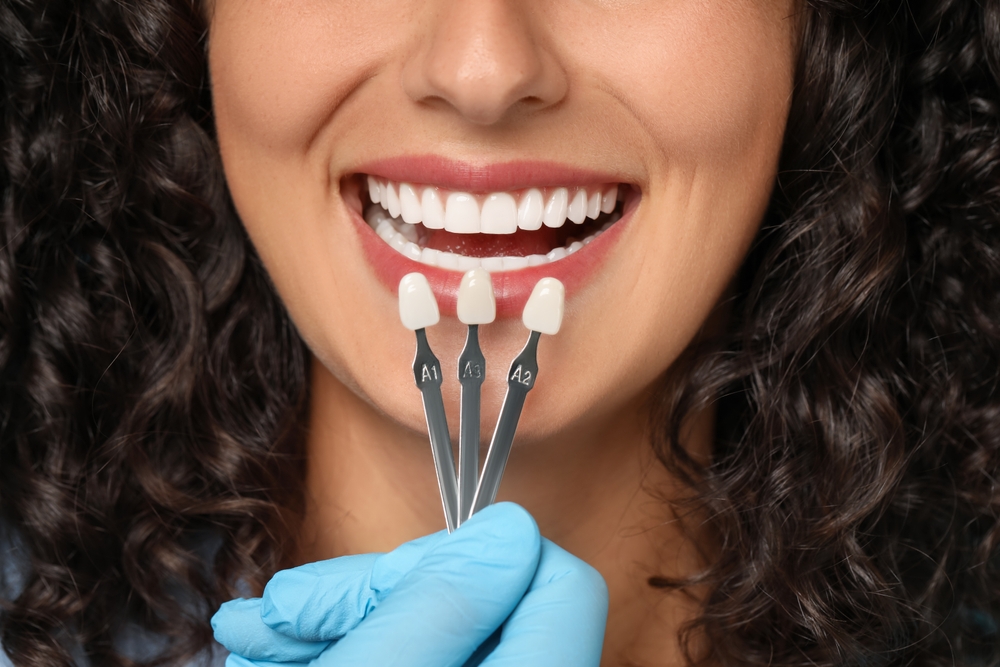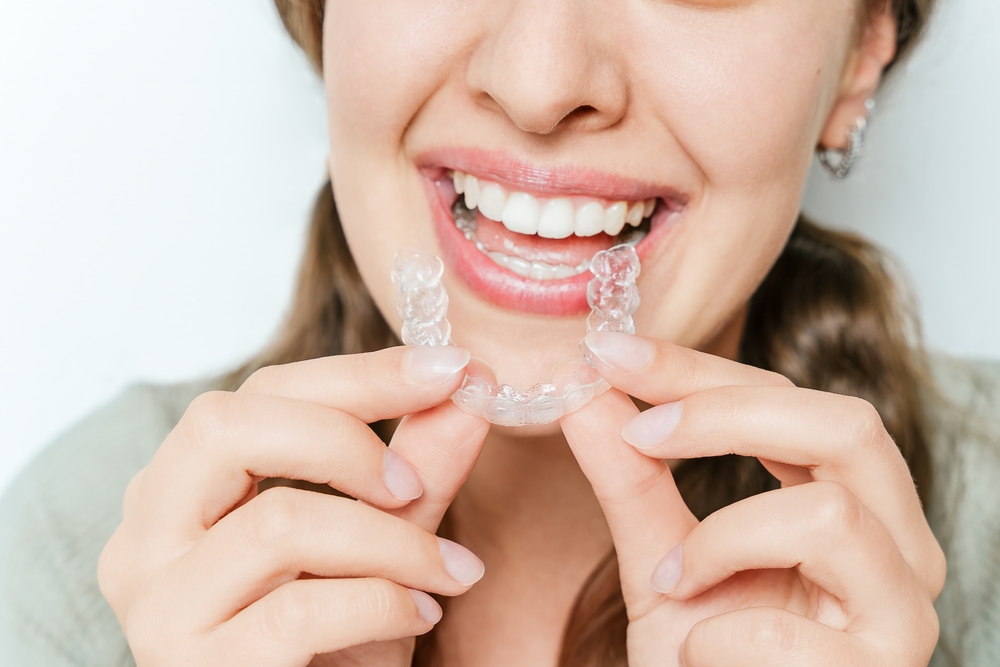Many people assume cosmetic dentistry is purely about achieving a picture-perfect smile. While aesthetics certainly play a role, the connection between cosmetic dentistry and oral health runs much deeper than surface-level improvements. When patients invest in cosmetic dental procedures, they often discover unexpected benefits that extend far beyond appearance—including dramatically improved oral hygiene habits and long-term dental health.
Understanding this relationship can help you make more informed decisions about your dental care while recognizing that a beautiful smile and healthy teeth often go hand in hand.
The Motivation Factor: Investment Drives Better Care
One of the most significant ways cosmetic dentistry supports better oral hygiene habits is through increased patient motivation. When you’ve invested time, money, and effort into improving your smile, you naturally become more committed to maintaining those results.
This psychological shift is powerful. Patients who undergo cosmetic dental procedures—whether it’s teeth whitening, veneers, or smile makeovers—report feeling more conscious of their oral care routine. They brush more thoroughly, floss regularly, and schedule dental appointments more consistently than before their treatment.
The motivation factor works because cosmetic dentistry creates a tangible investment in your oral health. When you can see and feel the difference in your smile, maintaining those improvements becomes a priority rather than a chore. This increased attention to daily oral care habits leads to better overall dental health outcomes over time.
Structural Benefits: Restorations That Protect and Strengthen
Modern cosmetic dentistry offers more than just aesthetic improvements—many procedures provide structural benefits that directly support better oral health. Cosmetic restorations often serve dual purposes, enhancing appearance while protecting and strengthening your natural teeth.
Porcelain veneers, for example, provide a protective barrier for teeth that may have minor chips, cracks, or worn enamel. This protection helps prevent further damage and reduces the risk of decay in vulnerable areas. Similarly, cosmetic bonding can seal small gaps where bacteria might otherwise accumulate, creating a smoother surface that’s easier to keep clean.
Dental crowns used in cosmetic procedures don’t just improve the appearance of damaged teeth—they restore proper function and protect the remaining tooth structure from further deterioration. These restorations create a more uniform surface that’s easier to clean effectively, reducing the likelihood of plaque buildup around irregular edges or damaged areas.
Improved Cleaning Access: The Hidden Advantage of Straight Teeth
Perhaps one of the most overlooked benefits of cosmetic dentistry is how certain procedures can dramatically improve your ability to maintain good oral hygiene. Orthodontic treatments and other alignment procedures don’t just create a more attractive smile—they make your teeth significantly easier to clean.
Straightened teeth eliminate the hard-to-reach spaces and overlapping areas where plaque and bacteria love to hide. When your teeth are properly aligned, your toothbrush bristles and dental floss can access all surfaces more effectively. This improved cleaning access means you’re more likely to remove harmful bacteria before they cause problems like cavities or gum disease.
Even minor adjustments to tooth positioning can make a substantial difference in your daily oral care routine. Patients often report that brushing and flossing become easier and more effective after cosmetic procedures that improve tooth alignment, leading to better overall oral health outcomes.
The Long-Term Connection Between Aesthetics and Health
The relationship between cosmetic dentistry and oral health creates a positive cycle of improvement. As patients see the aesthetic results of their treatment, they become more motivated to maintain their oral hygiene habits. This improved care leads to better oral health, which in turn helps preserve cosmetic improvements for years to come.
Regular dental cleanings, consistent home care, and preventive treatments become priorities when patients have invested in their smile’s appearance. This shift in mindset often extends to other aspects of oral health, including being more proactive about addressing small issues before they become major problems.
Making the Most of Your Cosmetic Investment
To maximize both the aesthetic and health benefits of cosmetic dentistry, consider these strategies:
Work with your dentist to develop a comprehensive treatment plan that addresses both cosmetic concerns and underlying oral health issues. Ask about procedures that offer dual benefits—improving appearance while supporting better oral hygiene.
Establish a consistent home care routine that protects your investment. Your dental team can recommend specific products and techniques that work best with your particular cosmetic treatments.
Your Path to a Healthier, More Beautiful Smile
Cosmetic dentistry and oral health are interconnected in ways that extend far beyond appearances. From increased motivation to structural benefits and improved cleaning access, cosmetic procedures can be a catalyst for better lifelong oral hygiene habits.If you’re considering cosmetic dental treatment in Wasilla, AK, Aesthetic Dentistry can help you explore options that enhance both your smile’s beauty and your oral health. Schedule a consultation to discuss how cosmetic dentistry might support your long-term dental wellness goals.



